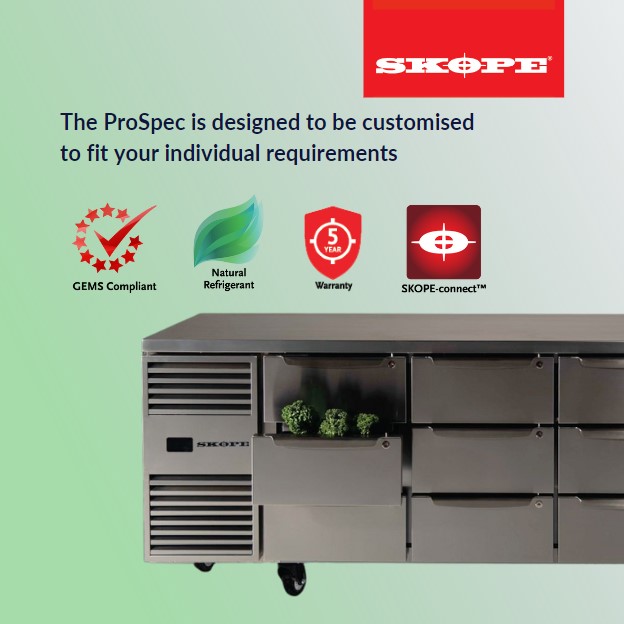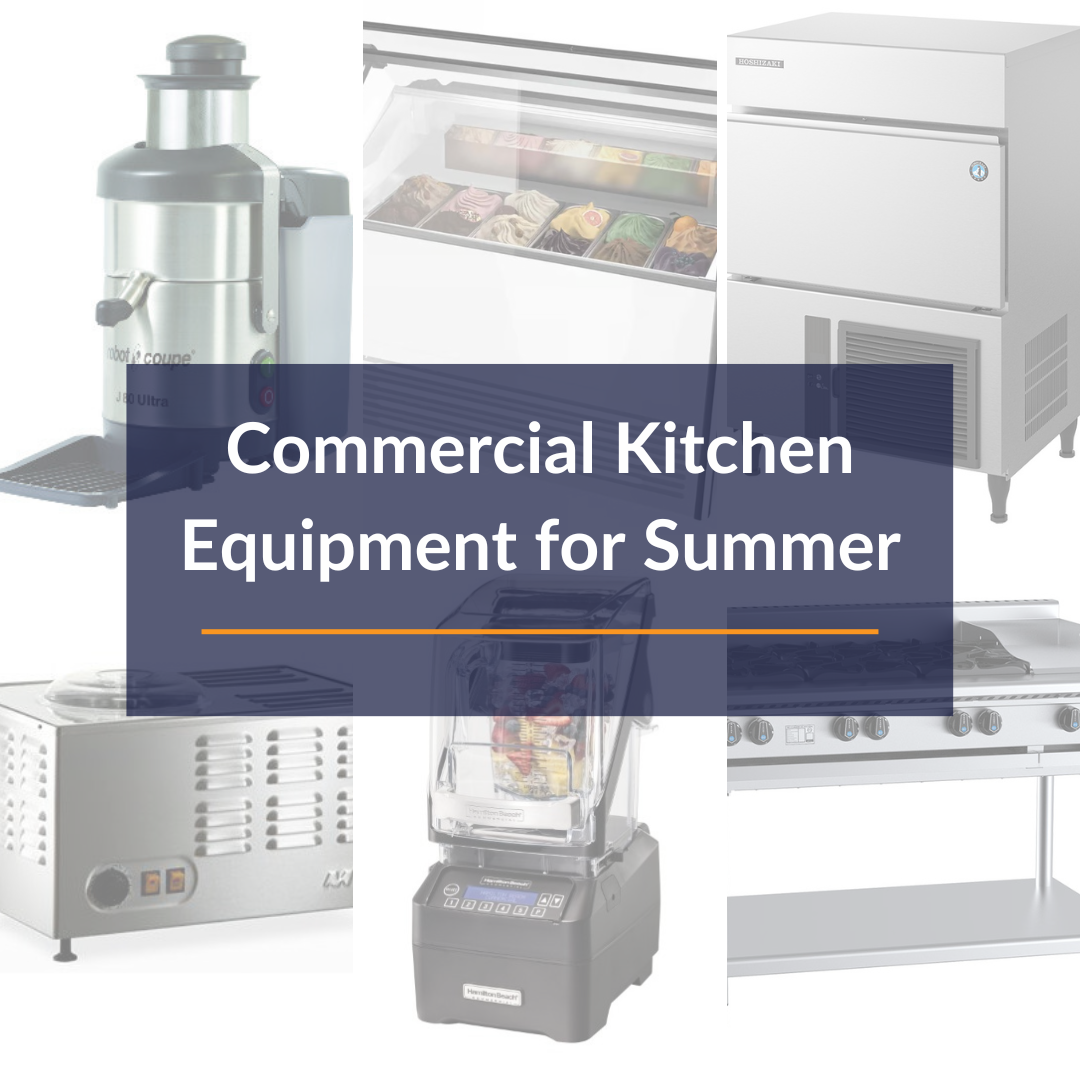-
- Back
-
Commercial Kitchen Equipment
- Asian Cooking Equipment
- Char Grills
- Combi Ovens
- Convection Ovens
- Cooktops & Ranges
- Deep Fryers & Oil Filters
- Griddles & Flatplates
- Pasta Cookers
- View all
-
Popular Brands
-
Promotions
-
Refrigeration
- Fridges
- Freezers
- Food Preparation Fridges
- Fridge Freezer Combination
- Blast Chiller & Freezer
- View all
-
Popular Brands
-
Promotions
-
Benchtop Cooking Equipment
- Toasters
- Commercial Microwaves
- Crepe & Waffle Makers
- Rice Cookers
- Sandwich Presses
- Smoke Ovens
- Sous Vide Machines
- Soup Kettle
- View all
-
Popular Brands
-
Promotions
-
Beverage & Drink Equipment
-
Popular Brands
-
Promotions
-
-
Dishwashers & Glasswashers
- Glasswashers
- Passthrough Dishwashers
- Undercounter Dishwashers
- Pot Washers
- Conveyor Dishwashers
- View all
-
Popular Brands
-
Promotions
-
Food Preparation Equipment
- Blenders
- Dough Dividers & Rollers
- Food Processors
- Mixers
- Scales
- Slicers
- Vacuum Sealers
- Vegetable Prep Machines
- View all
-
Popular Brands
-
Promotions
-
Ice Makers
-
Popular Brands
-
Promotions
-
-
Stainless Steel Benches & Sinks
- Dishwasher Benches
- Glass Racks
- Hand Basins
- Infill Benches
- Modular Bars
- Sink Benches
- Work Benches
- Wall Shelves
- View all
-
Popular Brands
-
Promotions
- View all categories
Commercial Mixer Buying Guide for Professional Kitchens
Whether you are kneading dough for your world-famous bread or mixing up the perfect pizza crust, commercial mixers are a must for your kitchen.
An essential appliance for bakeries, restaurants and catering organizations, a commercial mixer is designed to quickly, or slowly, mix large batches of dough or batter.
Though called “mixers” these appliances are used to stir, knead, beat, whisk, or mix an entire bowl of ingredients using powerful motors and attachments.
With a wide variety of types, sizes, and brands to choose from, we’ve put together a guide to help you decide which commercial mixer is best to fit your needs.
Types of Commercial Mixers
Planetary Mixer
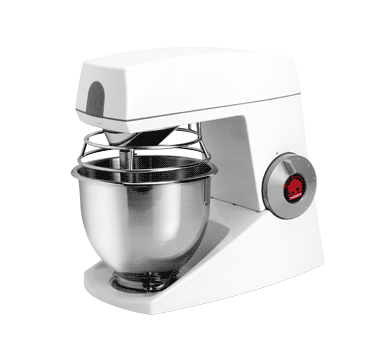
Designed with an offset mixing shaft that revolves within a stationary mixing bowl, Planetary Mixers, sometimes called Stand Mixers or Cake Mixers, are usually mounted on a heavy base and can either be free-standing or positioned on a countertop.
Especially good at kneading, mixing, mashing, and whipping, planetary mixers are great for making sauces, frosting, mashed potatoes, cookies, and different types of dough.
These commercial mixers can be used with a wide variety of attachments to maximise versatility. Most planetary mixers include beaters, dough hooks, and wire whisks which can be easily interchanged and used at varying speeds to meet your mixing needs.
Dough Mixers
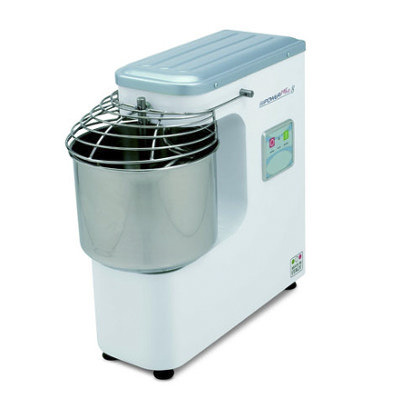
Also known as Spiral Mixers or Fork Mixers, Dough Mixers use a rotating bowl to mix ingredients while the mixing mechanism, also referred to as an agitator, remains stationary.
The advantage here is that the rotating bowl (which can move in both directions) ensures that all of the contents are pulled into the dough hook or mixing forks for a thorough, more gentle mix which allows it to develop the proper gluten structure.
The gentler nature of the mix also means the dough does not overheat or ferment too quickly, which affects how the yeast activates.
Great for mixing, kneading, mashing, whipping, and churning, dough mixers are popular with pizzerias, bakeries, bagel shops, and other food service establishments that offer baked dough products across their menu.
Mixer Styles
Stand Mixers
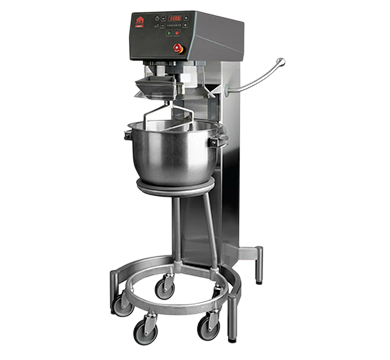
There are two types of stand mixers, a smaller version that operates on a mixer table, or the larger high-capacity stand mixer which is positioned on the floor with capacities typically above 20 litres.
These can range from the Bear KODIAK30 30-litre Planetary Mixer with a programmable control panel for a variety of mix settings, to Robot Coupe’s 3-speed 60-litre Planetary Mixer which can handle just about anything a high-volume kitchen demands.
Countertop Mixers
As the name suggests, these smaller mixing units can be placed on counters or work tables to maximise space.
With capacities ranging from the 5-litre Moffat Baker Bear to the 8-litre Robot Coupe SP-800A-C, the more compact countertop mixers are ideal for low to standard-duty use in smaller operations.
Types of Mixer Attachments
Wire Whip
- Great for aerating by incorporating air into light, liquid mixtures
- Excellent for whipping and whisking egg whites, cream, and tasty frostings
Flat Beater
- Considered the most versatile mixer attachment
- Can be used for mixing cookie dough, beating frostings and batters, as well as creaming ingredients
Dough Hook
- Its half-corkscrew-like shape mimics kneading the dough by hand
- Excellent for heavier composition doughs such as pizza, pasta, and bread
Pastry Knife
- Though it looks nothing like a knife, the attachment is great for blending fats and flour together
- Best for mixing pie dough and other pastry dough
Other Considerations
Other things to consider when choosing the right commercial mixer for your business include the drive system (belt drive or gear drive), mixer speeds, horsepower, manual or electric bowl lift systems, and specialised safety features.
Be sure to first read the manufacturer’s literature on the appliances you’re considering to see if the specifications and features suit your needs.
For example, check to see if the mixer allows you to change speeds during operation. Some models allow you to adjust on the fly, which is great for increasing productivity, while others must be shut down before changing speeds to prevent internal damage.
Pro Tip
Proper cleaning of your commercial mixer is essential. After each use, remove attachments and accessories from the mixer and place them in the dishwasher or wash them by hand.
Mixers should always be turned off and unplugged before cleaning and avoid exposing the main units directly to water. Instead, use a damp cloth with sanitiser to clean the outside of your mixer unit.
Which is the best Commercial Mixer for your kitchen?
We hope this guide to picking a Commercial Mixer will help you choose the right fit for your restaurant or business.
If you have questions about Mixers in general or specific models and features, don’t hesitate to get in touch with Caterlink’s commercial kitchen experts who are happy to assist you.





















